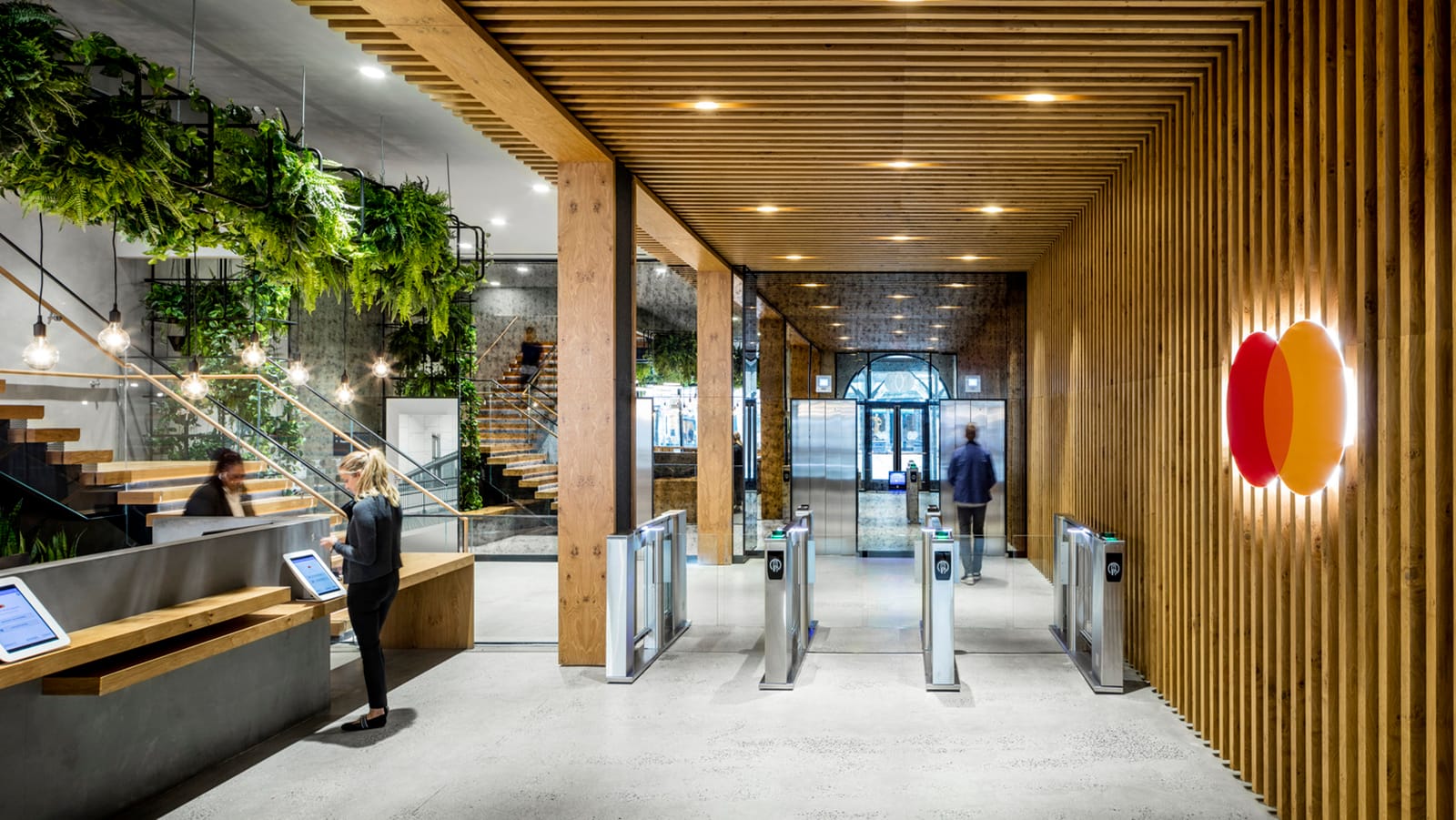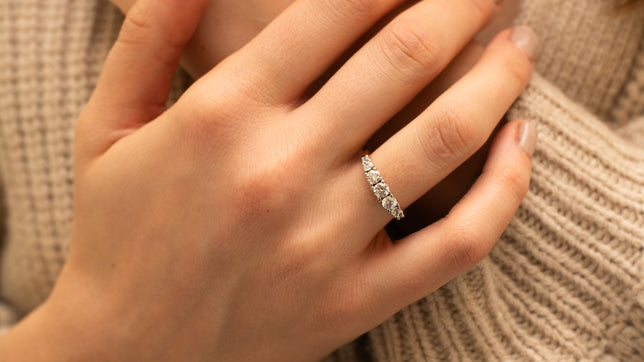Pancakes have long been a favorite breakfast staple in many households around the world. Their fluffy texture and slightly sweet taste make them a versatile dish that can be enjoyed with a variety of toppings. Whether you’re a novice in the kitchen or an experienced cook, this homemade pancake recipe will guide you through creating perfect pancakes every time. Let’s dive into the art of making the most delicious pancakes.
Choosing the Right Ingredients for Pancakes
The success of your pancake recipe begins with selecting the right ingredients. Flour serves as the base of your pancake batter, and using all-purpose flour is recommended for the best results. You may experiment with whole wheat or gluten-free flour to suit dietary preferences. Baking powder is an essential ingredient that ensures your pancakes rise and achieve that delightful fluffiness. To add a touch of sweetness, a small amount of sugar is included in the batter. Salt is also crucial as it enhances the overall flavor balancing the sweetness.
Milk is the key liquid ingredient that binds everything together and provides the necessary moisture. Whole milk is ideal for a rich and creamy texture, but you can opt for alternatives like almond milk or oat milk if you prefer. Eggs play a vital role in adding structure and richness to the batter. Finally, melted butter contributes to the flavor and ensures a soft and tender pancake.
Mixing the Pancake Batter
The process of mixing the pancake batter requires some attention to detail. Begin sifting the flour, baking powder, sugar, and salt into a large mixing bowl. Sifting helps to eliminate lumps and incorporates air into the dry ingredients, leading to lighter pancakes.
In a separate bowl, whisk together the milk, eggs, and melted butter until well combined. Gradually pour the wet ingredients into the dry ingredients while stirring gently. It’s important to mix just until the ingredients are combined. Overmixing the batter can lead to tough and dense pancakes, so it’s okay if there are a few small lumps in the batter.
Cooking the Pancakes
Cooking pancakes to perfection requires the right technique and a bit of patience. Start heating a non-stick skillet or griddle over medium heat. To test if the skillet is ready, sprinkle a few drops of water on the surface. If the water sizzles and evaporates quickly, the skillet is at the right temperature.
Lightly grease the skillet with a small amount of butter or oil. Using a ladle or measuring cup, pour a portion of the batter onto the skillet, allowing it to spread naturally into a circular shape. The size of your pancakes can vary based on personal preference, but keeping them around 4-5 inches in diameter works well for even cooking.
Cook the pancake until you notice bubbles forming on the surface and the edges starting to set. This usually takes about 2-3 minutes. Carefully flip the pancake with a spatula and cook the other side for an additional 1-2 minutes until golden brown. Repeat the process with the remaining batter, adjusting the heat as needed to prevent burning.
Serving and Enjoying Your Pancakes
Once your pancakes are perfectly cooked, it’s time to serve them while they’re still warm. Pancakes are incredibly versatile and can be paired with a variety of toppings. Traditional options include a generous drizzle of maple syrup and a pat of butter, but you can also get creative with fresh fruits like berries, bananas, or sliced apples.
For an extra indulgence, consider adding whipped cream, chocolate chips, or a dollop of yogurt. If you prefer a savory twist, try serving your pancakes with crispy bacon, smoked salmon, or a poached egg. The possibilities are endless, and you can tailor your pancake toppings to suit your taste https://toutenvideos.com/.
Tips for Perfect Pancakes Every Time
To ensure your pancakes turn out perfectly every time, there are a few tips to keep in mind. First, avoid overmixing the batter as this can result in tough pancakes. It’s better to have a few lumps in the batter than to overwork it. Additionally, make sure your skillet or griddle is evenly heated before pouring the batter. An uneven surface can cause inconsistent cooking, leading to pancakes that are either undercooked or burnt.
Another important tip is to keep the pancakes warm while you cook the remaining batter. You can do this placing the cooked pancakes on a baking sheet in a low oven (around 200°F or 95°C) until you’re ready to serve. This prevents them from becoming cold and losing their fluffy texture.
Finally, don’t be afraid to experiment with flavors and ingredients. You can add a teaspoon of vanilla extract to the batter for a sweet aroma or mix in some cinnamon for a warm, spicy note. If you’re feeling adventurous, try incorporating ingredients like blueberries, chopped nuts, or shredded coconut into the batter before cooking.
Conclusion
Creating the perfect pancake is an art that requires the right ingredients, proper technique, and a bit of practice. By following this recipe, you’ll be able to whip up a batch of delicious, fluffy pancakes that are sure to impress. Whether you enjoy them with classic toppings like syrup and butter or prefer to experiment with unique flavors, homemade pancakes are a treat that never goes out of style. So grab your ingredients, heat up the skillet, and enjoy the process of making—and eating—these delightful breakfast favorites.










:max_tes(150000):strip_icc()/21014-Good-old-Fashioned-Pancakes-mfs_001-1fa26bcdedc345f182537d95b6cf92d8.jpg)